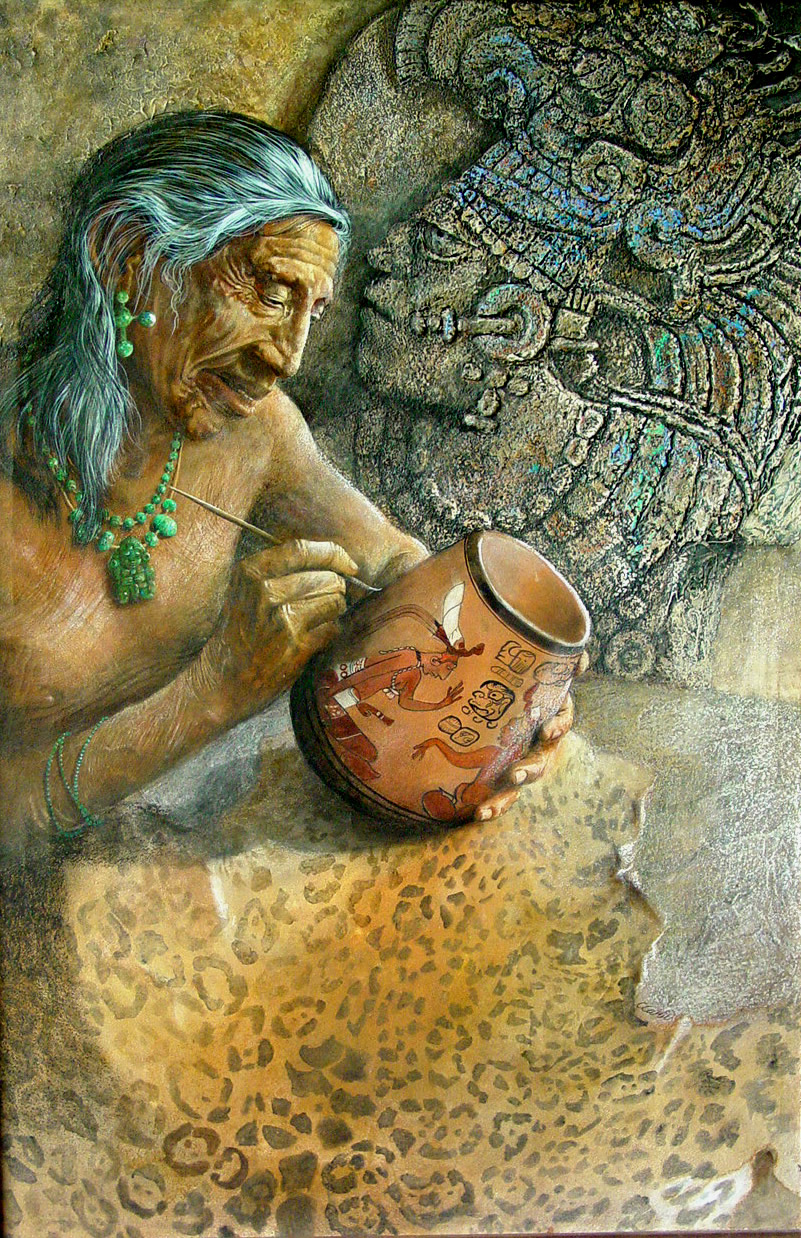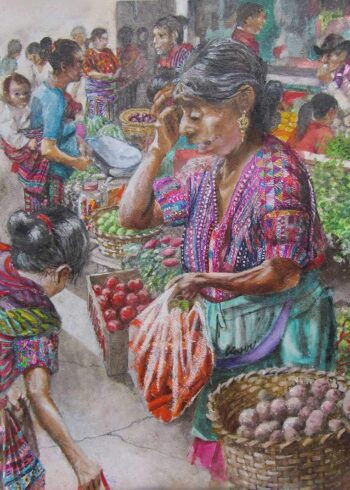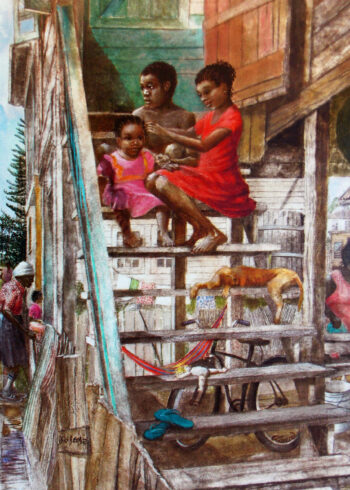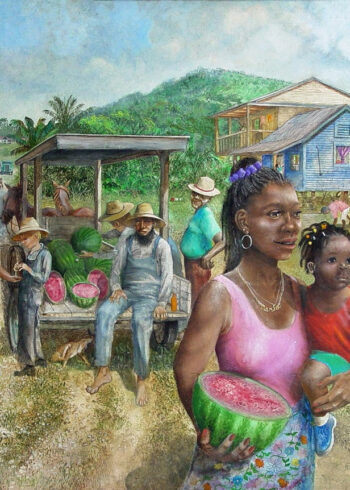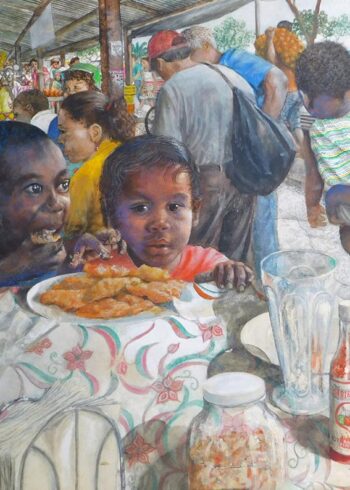Price range: USD 90.00 through USD 400.00
The main contributor to modern day economies of developing countries is often tourism. Each year thousands of visitors come to Belize to see the local attractions and enjoy the natural beauty of our small nation. One of the primary attractions of Belize is the culture of the ancient indigenous people known as the Maya. The questions asked by the majority of those visitors after having actually climbed the temples and marveled at the astonishing structures, art work and traditions remaining is, “What happened to these people?”
Description
The main contributor to modern day economies of developing countries is often tourism. Each year thousands of visitors come to Belize to see the local attractions and enjoy the natural beauty of our small nation. One of the primary attractions of Belize is the culture of the ancient indigenous people known as the Maya. The questions asked by the majority of those visitors after having actually climbed the temples and marveled at the astonishing structures, art work and traditions remaining is, “What happened to these people?”
That there are 21 surviving Maya dialects still being spoken and some 6,000,000 who call these dialects their first language comes as a great 0osurprise. How is it that this many people scattered through 5 countries have so little recognition or control over their lives? How did they go from the mighty empire builders of the Classic period to the downtrodden silent minority of today’s Middle America?
It is the challenge of historians and archeologists to try to answer these questions but it seems they cannot agree on an explanation. What I have observed, however, is that the stones seem to be far more important to governments, grant programs and researchers than the people. Mayans help excavate the sites, act as guides and sell trinkets, weavings and crafts to the tourists and then in the evenings go home to their humble lives that are painfully trapped in poverty.
The man who posed for me for this painting worked as a thatcher, the ancient skill of making a roof from bay leaf palm. His classic face with features that faithfully describe his ancestral genes seemed to mirror those faces depicted on the stele carved in stone. It set my mind to thinking about the confusion that one encounters in trying to focus on the living Maya as the real representatives of the ancient past and therefore deserving at least as much consideration as the stones. Is not the greatest marvel of all that these people, although adrift in the tide of modern technology and greedy governance have retained their identity, languages and cohesiveness?
To the thousands of people who make the pilgrimage to Tikal, Xunantunich, Pelenque, Caracol, Chichanitza, Lubantun or the hundreds of other Maya sites, I say, appreciate the skill and artistry of those ancient people. Also imagine the little people that crept into the forest when the mighty leaders succumbed to the ills of war, disease, decadence, drought, pestilence or whatever it was that overcame them 1500 years ago. Without leadership, without anything except their knowledge of the jungle, they survived to this day. And their circumstances have not changed that much.
Flesh or stones. Which is more trustworthy to tell the story? Which shouts the loudest into our dull and disinterested ears? The stones shout out “I am what is left of a great people and culture. Understand me if you can.” The flesh and blood Maya are whispering the same.
Additional information
| Dimensions | N/A |
|---|

